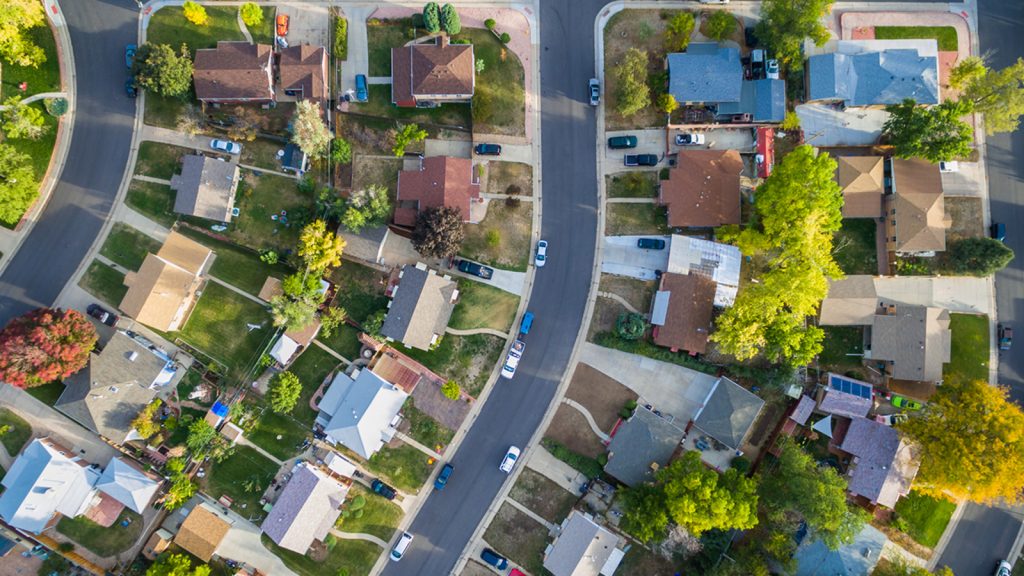The perfect home is not so perfect if it is in a neighborhood that will not work for your family or your personal expectations. You might be willing to add an extra 30 minutes to your commute for a quieter setting, or you may prefer a livelier neighborhood closer to amenities. In fact, chances are that your unique standards for a perfect neighborhood were forming in your mind since you were a child.
While your real estate agent will be able to share some general facts about the community of a home you are interested in buying, the real research into a neighborhood, its perks and its secrets, is something you should be prepared to do yourself. The location of your home should not be an afterthought but might even be the starting point when you are thinking of moving.
Where do you imagine yourself living?
Your new community must be somewhere affordable and safe that offers the conveniences and satisfaction you can enjoy for years to come. No neighborhood is perfect, but just like your must-haves for finding a home, you will want to develop a list of qualities for the community where you want to live. Then take the following steps to confirm that a neighborhood will work for you:
- Drive through the neighborhood, including the surrounding blocks, looking for signs of crime, such as graffiti, vandalism or bars on windows.
- Visit the neighborhood at different times of the day and week to get a well-rounded feel for its personality.
- Walk through the streets and note the condition of homes and yards, the friendliness of the neighbors, the noise, and the speed of traffic.
- Take note of the demographics of the neighborhood, such as whether there are mostly retired couples or if there are many children.
- Search online for crime statistics for the area and contact the local police for more detailed information.
- If you have children, learn about the local schools, class sizes, graduation rate and transportation options.
- Contact the local Chamber of Commerce to see if there are plans for future development, which might be a negative or positive factor.
- Measure your commute to work and find out how traffic conditions are during your drive.
You will also want to consider your new home’s proximity to amenities like gas stations, grocery stores, libraries, parks and places of worship. Night clubs or bars nearby could be a concern, so check on their reputations for noise and police activity. Only you can know those factors that will add joy to living in your new home and those that will make living there a challenge.

